Growing Environmental Awareness
There is a notable increase in environmental awareness among consumers and businesses in APAC, which is significantly influencing the li ion-battery-recycling market. As concerns about pollution and resource depletion rise, stakeholders are becoming more conscious of the environmental impact of battery disposal. This shift in mindset is prompting both individuals and corporations to seek sustainable solutions for battery end-of-life management. In 2025, surveys indicate that over 70% of consumers in APAC are willing to participate in battery recycling programs, reflecting a strong commitment to sustainability. This heightened awareness is likely to drive demand for recycling services and technologies, thereby fostering growth in the li ion-battery-recycling market as stakeholders prioritize eco-friendly practices.
Government Incentives for Recycling
Governments across APAC are increasingly implementing incentives to promote the recycling of li ion batteries. These initiatives include tax breaks, subsidies, and grants aimed at both consumers and businesses engaged in recycling activities. For instance, several countries have introduced policies that encourage manufacturers to establish take-back programs for used batteries, thereby enhancing the recycling rate. In 2025, it is estimated that government funding for recycling initiatives in the region could reach $500 million, significantly bolstering the li ion-battery-recycling market. Such financial support not only facilitates the development of advanced recycling technologies but also raises public awareness about the importance of battery recycling, ultimately leading to higher collection rates and improved recycling processes.
Rising Demand for Electric Vehicles
The increasing adoption of electric vehicles (EVs) in APAC is a pivotal driver for the li ion-battery-recycling market. As governments and consumers prioritize sustainable transportation, the demand for EVs is projected to grow significantly. In 2025, the number of EVs on the road in APAC is expected to surpass 10 million units, leading to a substantial rise in used li ion batteries. This surge necessitates efficient recycling processes to recover valuable materials such as lithium, cobalt, and nickel, which are essential for new battery production. The recycling of these materials not only reduces environmental impact but also addresses supply chain concerns, as the demand for battery materials is anticipated to increase by 30% by 2030. Thus, the growth of the EV market directly influences the expansion of the li ion-battery-recycling market.
Technological Advancements in Recycling Processes
The li ion-battery-recycling market is witnessing rapid advancements in recycling technologies, which are crucial for improving efficiency and recovery rates. Innovations such as hydrometallurgical and pyrometallurgical processes are being developed to enhance the extraction of valuable materials from spent batteries. In 2025, it is projected that these technologies could increase recovery rates by up to 90%, making recycling more economically viable. Furthermore, the integration of automation and artificial intelligence in recycling facilities is expected to streamline operations, reduce costs, and minimize environmental impact. As these technologies mature, they are likely to attract investment and drive growth in the li ion-battery-recycling market, positioning APAC as a leader in sustainable battery management.
Increasing Regulatory Pressure on Waste Management
The regulatory landscape surrounding waste management in APAC is becoming increasingly stringent, which is a significant driver for the li ion-battery-recycling market. Governments are enacting laws that mandate proper disposal and recycling of hazardous materials, including li ion batteries. By 2025, it is anticipated that compliance with these regulations will become a critical factor for manufacturers and retailers, as non-compliance could result in substantial fines. This regulatory pressure is likely to compel companies to invest in recycling infrastructure and partnerships with recycling firms to ensure compliance. Consequently, the li ion-battery-recycling market is expected to expand as businesses seek to align with regulatory requirements and enhance their sustainability profiles.


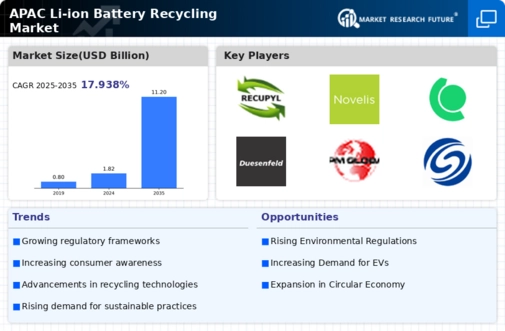

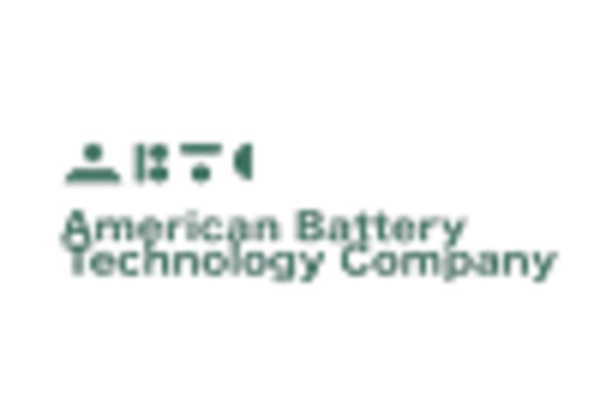
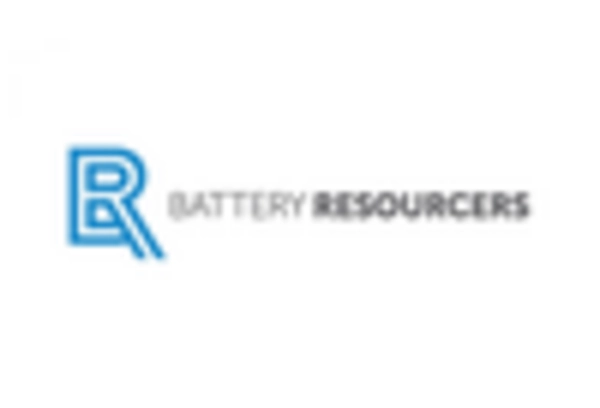
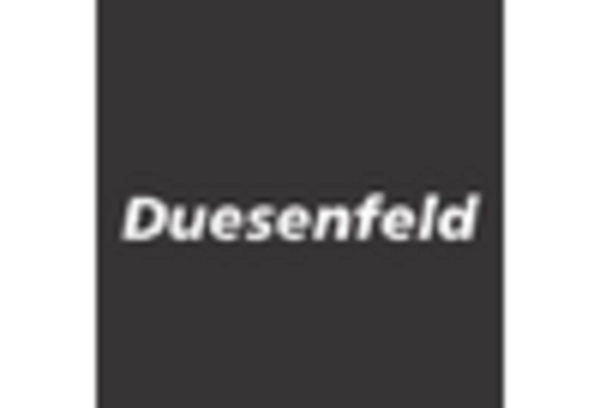
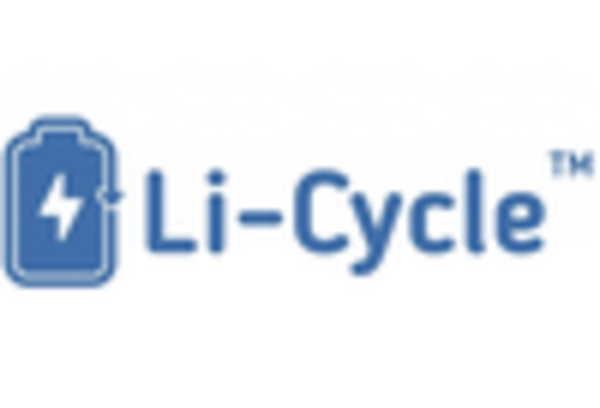

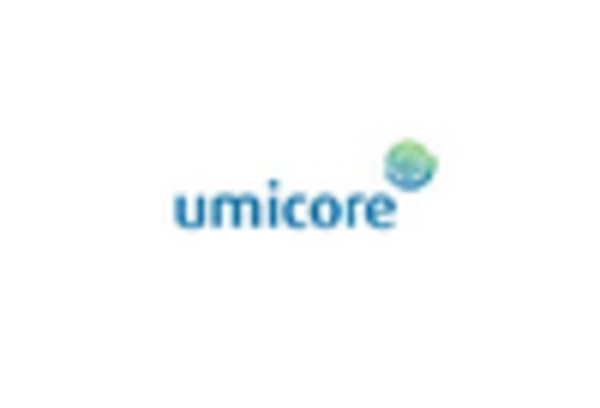








Leave a Comment